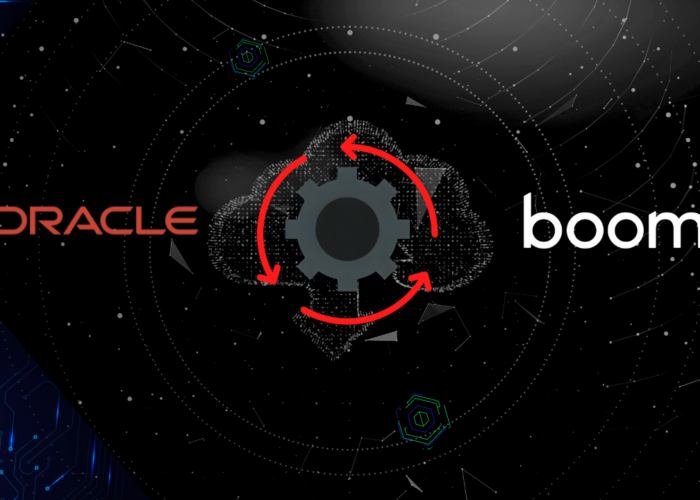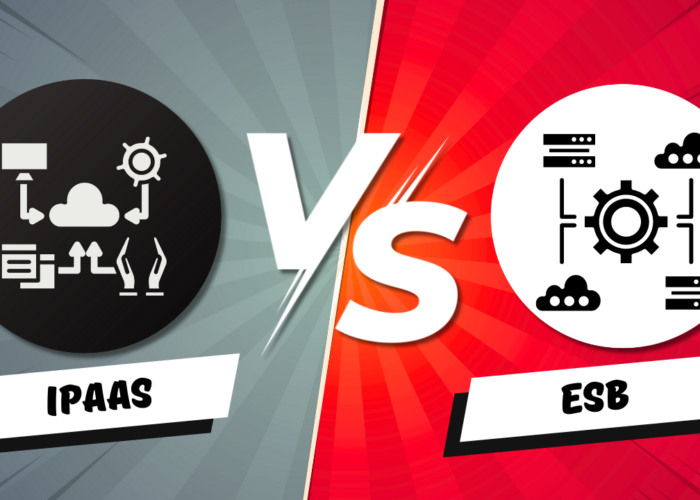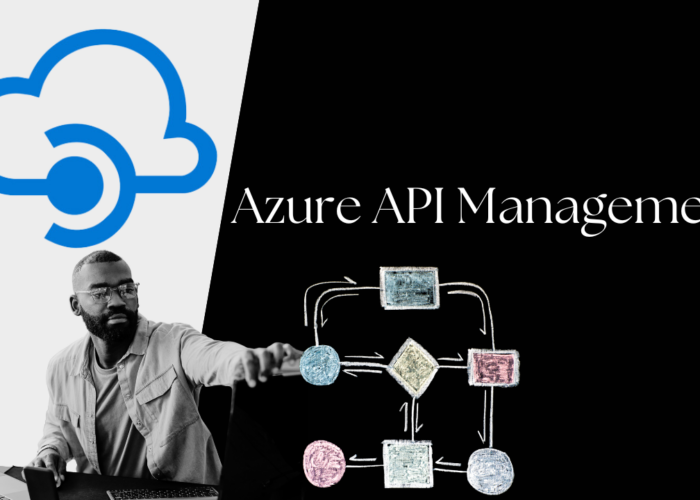Quote to Cash
Quote-to-Cash is a process that spans the applications an organisation uses to manage customer interactions from pricing through to invoicing. It covers the journey from customer intent, to purchase and the recognition of revenue. We normally associate it with the integration at a base level of Customer Relationship Management (CRM) and Enterprise Resource Planning (ERP)/Finance systems. It exists in integration terms to help drive greater ROI from your CRM and ERP implementations. It brings greater accuracy in data and more streamlined processes to the organisation.
We frequently hear about Quote-to-Cash in Configure Price Quote (CPQ) systems implementations where organisations have complex services or products that require configuration e.g. computer/car configurators online or bespoke manufactured products. In these implementations, the complexity moves beyond turning a quote in a CRM system into an invoice in a finance system to producing a Bill of Materials (BOM) for manufacturing purposes. These can be very complex integration deliveries.
In some organisations, the configuration of the quote is less important and the focus is therefore on the Order-to-Cash process. We can think of Order-to-Cash as a subset of Quote-to-Cash and in many cases logically simpler to achieve. In both, unless you have implemented a combined CRM/ERP monolith, you will need to integrate systems and for many organisations buying best of breed systems makes integration the preferred route.
Tackling Quote to Cash
Quote-to-Cash process integration is achieved through integration of core objects between the relevant systems in the process. At a minimum this is typically done between the CRM system and the ERP/Finance system. At its simplest level, organisations want to see a ‘Closed Won’ opportunity in their CRM system become a customer account and invoice in their finance system. At a more complex level, a configured product on a website becomes an order, customer, invoice and ultimately a bill of materials that the organisation manufactures into a product. Potentially including a renewing service component for part or all of the product.
The key to success in delivering an integrated/automated Quote-to-Cash process is in harmonising and rationalising the business objects shared between the systems. The more complex the product or service, the more important the data architecture and quality becomes. Organisations need a harmonised set of products, price books and customers between systems. They also need to ensure that the ongoing product information management is part of the integrated set of processes to ensure product catalogues don’t get out of step with each other.
It’s important for organisations to define clear ownership of data throughout the process or indeed transfer of ownership of data in terms of which system is mastering it. Organisations need to ensure that each system is capturing the right data at the right time at each step of the customer journey. A closed won opportunity in a CRM system is largely irrelevant if it lacks the address details in the customer account record to actually invoice the customer from the finance system.
It’s also important that each integration process closes the loop on the integration, writing back to the source system what it needs from the downstream system being written to. An organisation’s customer service team shouldn’t really need to leave the CRM system to know that the invoice was created for the customer and when it was sent. Needing to look elsewhere ultimately leaves the customer with a disjointed experience and affects the productivity of the agent.


Common Mistakes
One common mistake organisations make tackling this business need is in trying to manage or delivery outside the context of their integration strategy or framework. There’s nothing wrong with a tactical delivery of a solution here, but the strategy should allow for that and wrap the appropriate tooling and governance around it. Just making a tactical mess to be addressed later generally leads to the process unravelling at some point. Quote-to-Cash should be something fairly strategic when there is a defined need in a business. That it is so tightly linked to customer, product and revenue means it needs to be managed appropriately as an ongoing process. It needs to be able to respond to change.
Another mistake organisations make is in failing to address the underlying data, its quality, structure and how it is modelled. The more complex the product offering, the more the effectiveness of the integration relies on how well harmonised data is between systems. Organisations need to review the data and the process carefully. They need to take the opportunity to review and optimise both. This can be a significant activity and organisations sometimes fail to address it properly because they failed to value the Quote-to-Cash process properly in the first place. Demonstrating to the business that it is worth the effort to get it right and understanding how failing to do so affects the value of the outcome.


How Chakray Help
At Chakray we make sure in implementation that we have the right foundations for success. Making sure the data gets there is one thing. Making sure it keeps on getting there and can respond to inevitable business change is another. We work with customers to ensure that data quality is addressed, data sets are harmonised and that we have access to the right system and data subject matter experts in the organisations we work with. What can appear relatively simple in a CPQ system can become conceptually very complex in an ERP system. We make sure those complexities and the ongoing management of them doesn’t become unmanageable to ensure the success of the Quote-to-Cash implementation.
Get in touch
Talk to our experts
Contact our team to discuss your initiatives and find out how Chakray can help deliver your successful outcomes.
Get in touch










